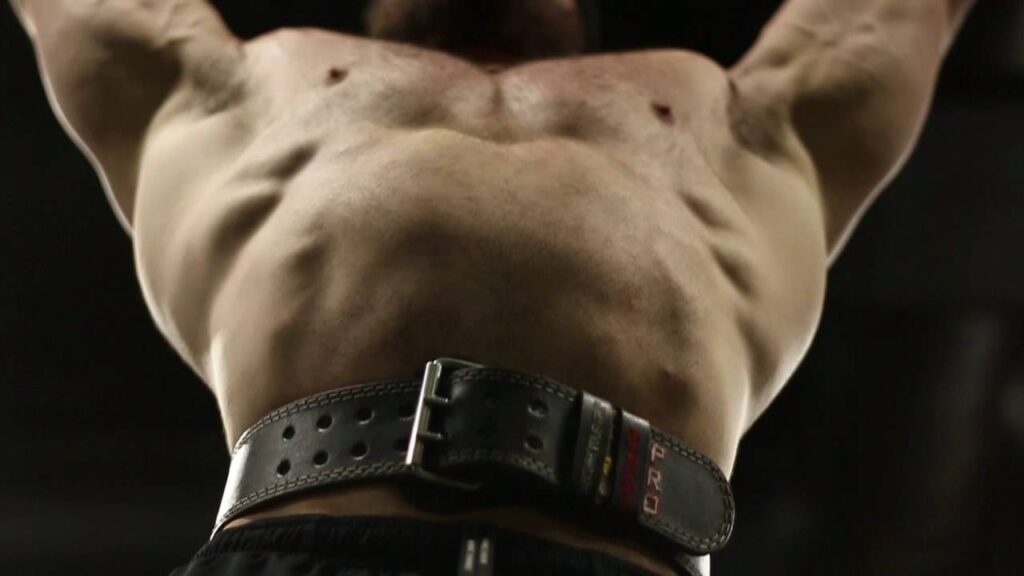Q: I’m getting conflicting advice about wearing a weight belt. Some say you need it to protect the lower back while others tell me I’ll never develop supportive strength around my lumber region by relying it. Can you sort this one out for me?
A: Once upon a time it was only Olympic and power lifters who used lifting belts. Lately, however, it seems to have become gym chic to cinch a belt on and wear it throughout one’s entire work-out (apparently it enhances the v-taper). This, however, is not a good idea for several reasons:
(1) Wearing a belt over the entire period of the work-out, especially if it is tightly cinched, is hard on the body and has actually been proven to quite dramatically increase blood pressure.
(2) Reliance on a belt can result in underdeveloped strength in the abdominal muscles
(3) Using a belt takes the work load away from the trunk muscles, keeping them weak. In the long run, this could further your chance of lower spinal problems.
(4) Use of a weight belt can actually enhance degenerative disk disease in the lumbar region due to restriction of the spine’s natural movement.
Why, then, would anyone want to use a lifting belt? Apart from the aesthetic appeal already mentioned, there are two reasons – to reduce lower back stress while lifting in an upright position and to prevent back hyperextension during overhead lifts. Wearing a belt also provides a psychological advantage in that the wearer is more conscious of their back position (due to the feeling of the skin on leather) and feels more confident in going heavy. From this we can see that the proper use of a belt improves the performance of exercises such as squats and dead-lifts, where the weight is supported by the lifter’s back, and such overhead movements as the shoulder press, where the back is in danger of hyper extending. You should only use the belt when performing your heaviest sets. In between sets loosen the belt to relieve the pressure on the abdominals but make sure you have it cinched up tightly while performing your working set. Once the belt is on and just before you take a hold of the weight take a deep breath. Breathe out once you’ve taken control of the bar. As you perform the movement, push out with your lower back and abdominals, so that they are exerting maximal force against the belt.
Don’t wear your belt as a fashion accessory and don’t wear it for your entire work-out. Finally, when shopping for a belt, make sure you find one that is easy to undo (velcro straps as opposed to a buckle), has a wide back ( 6-8 inches) to provide maximum support and that the pressure of the belt is divided over it’s entire width.

